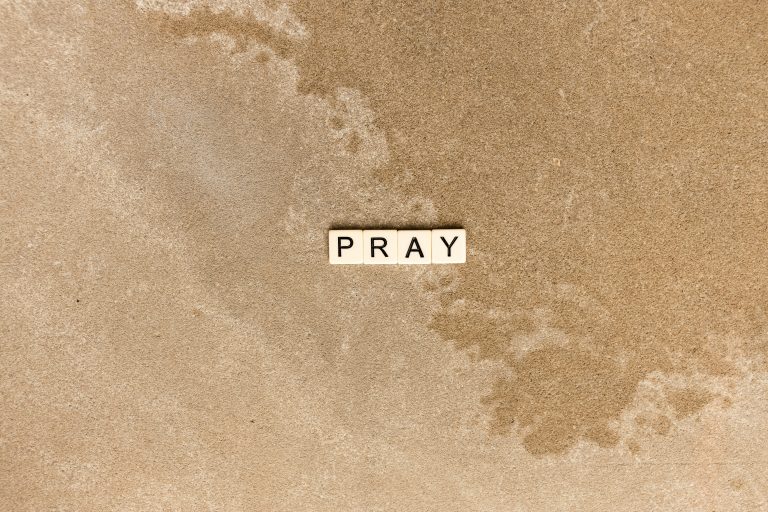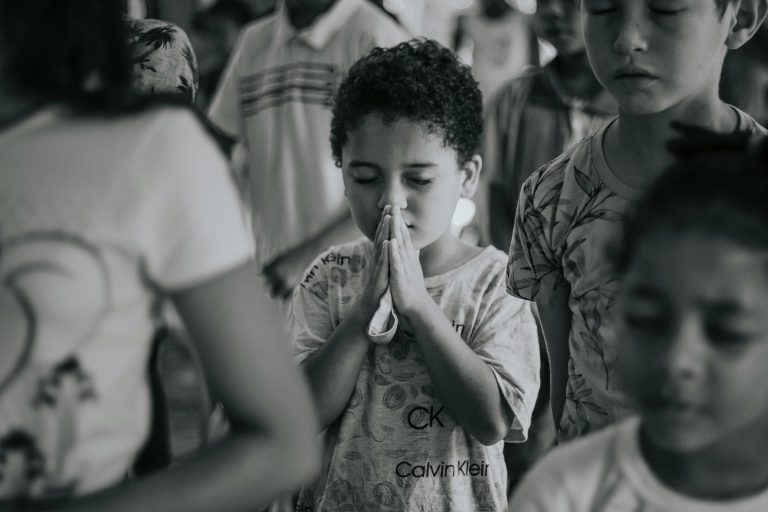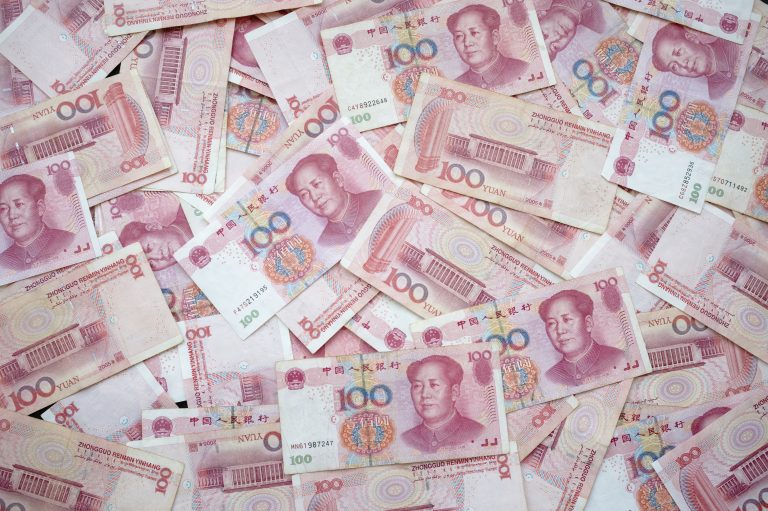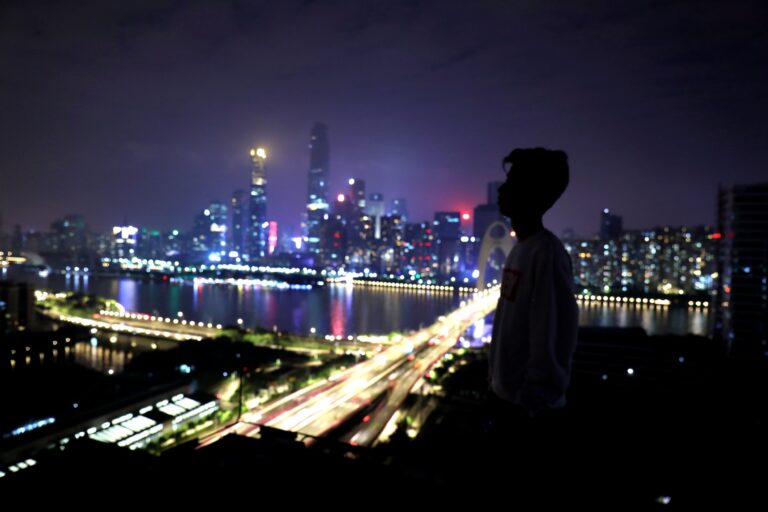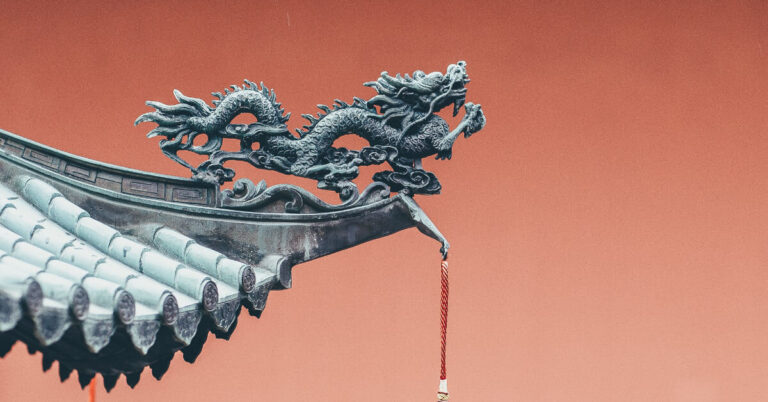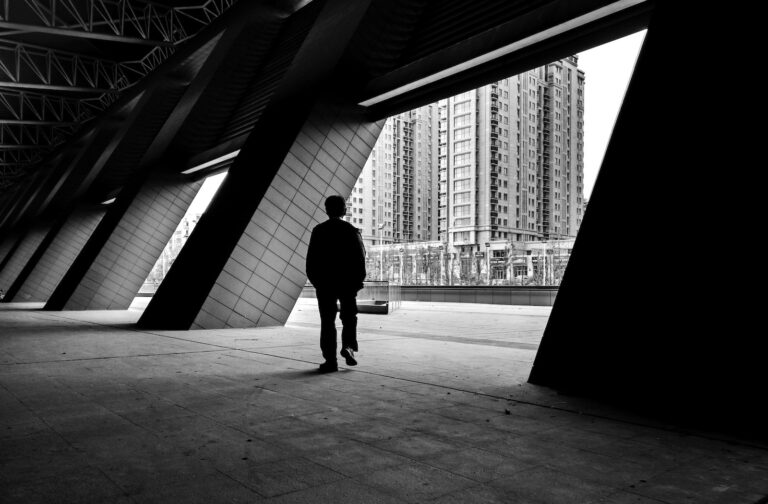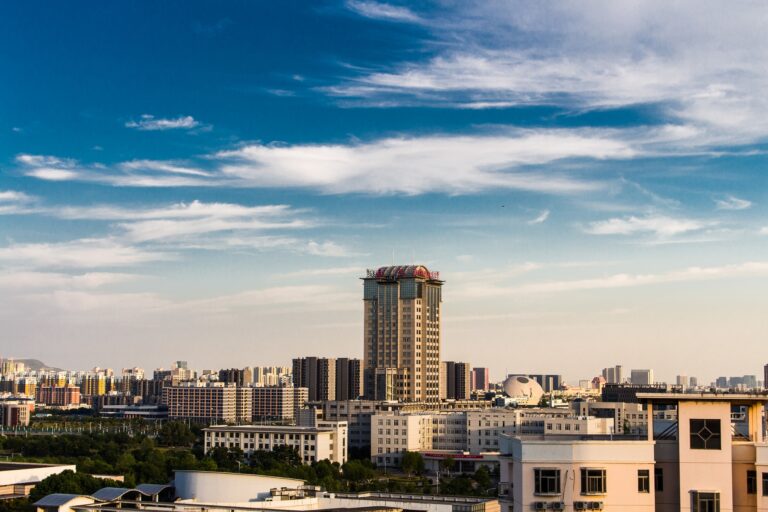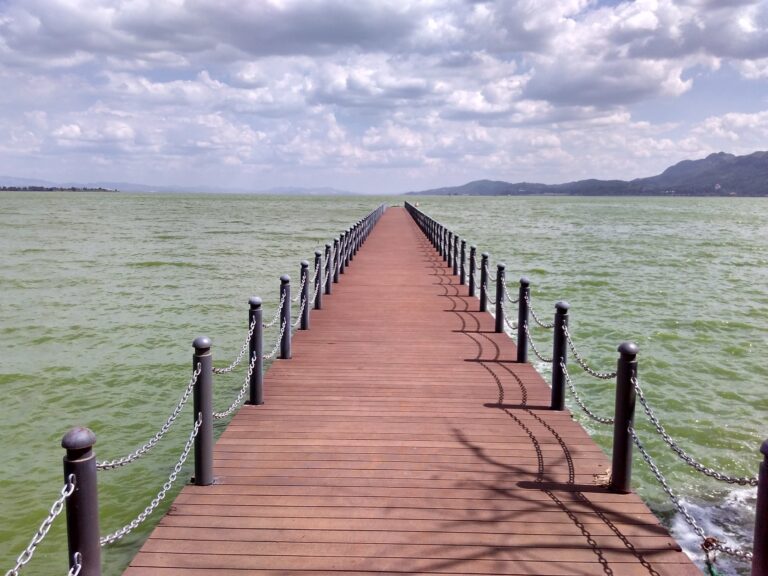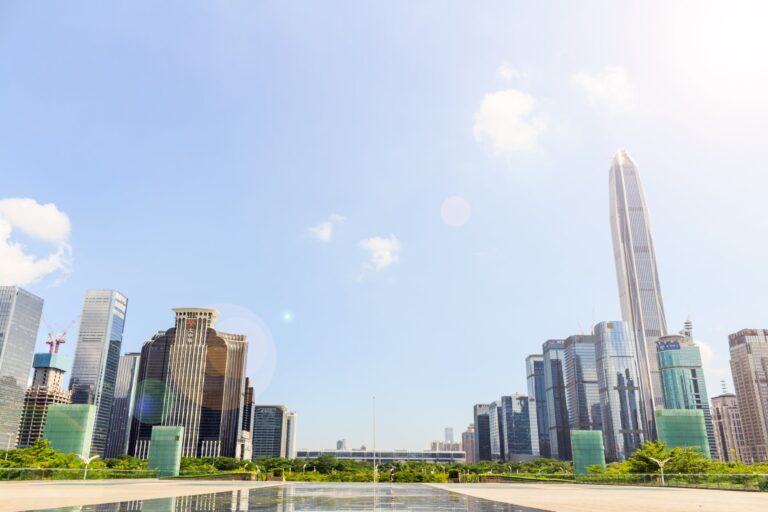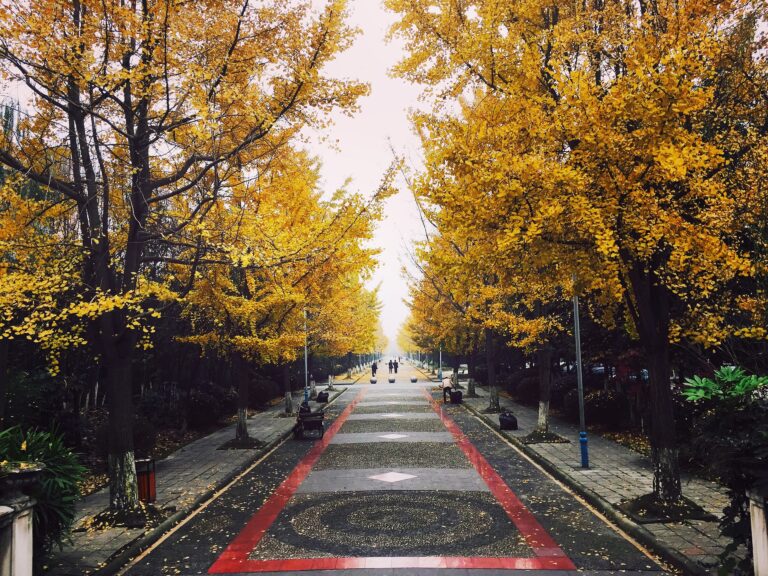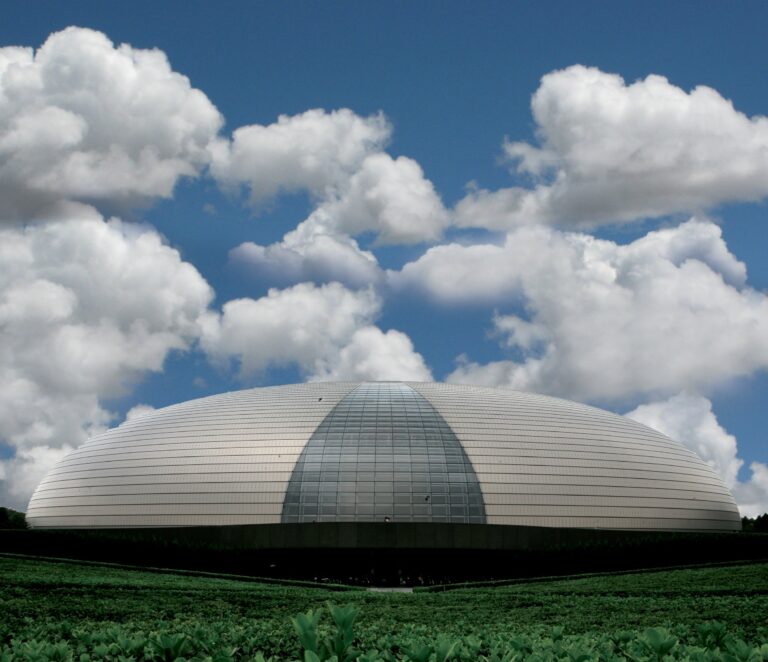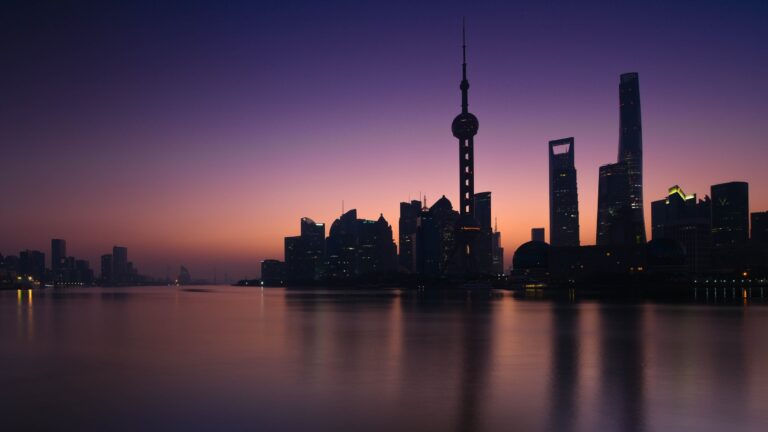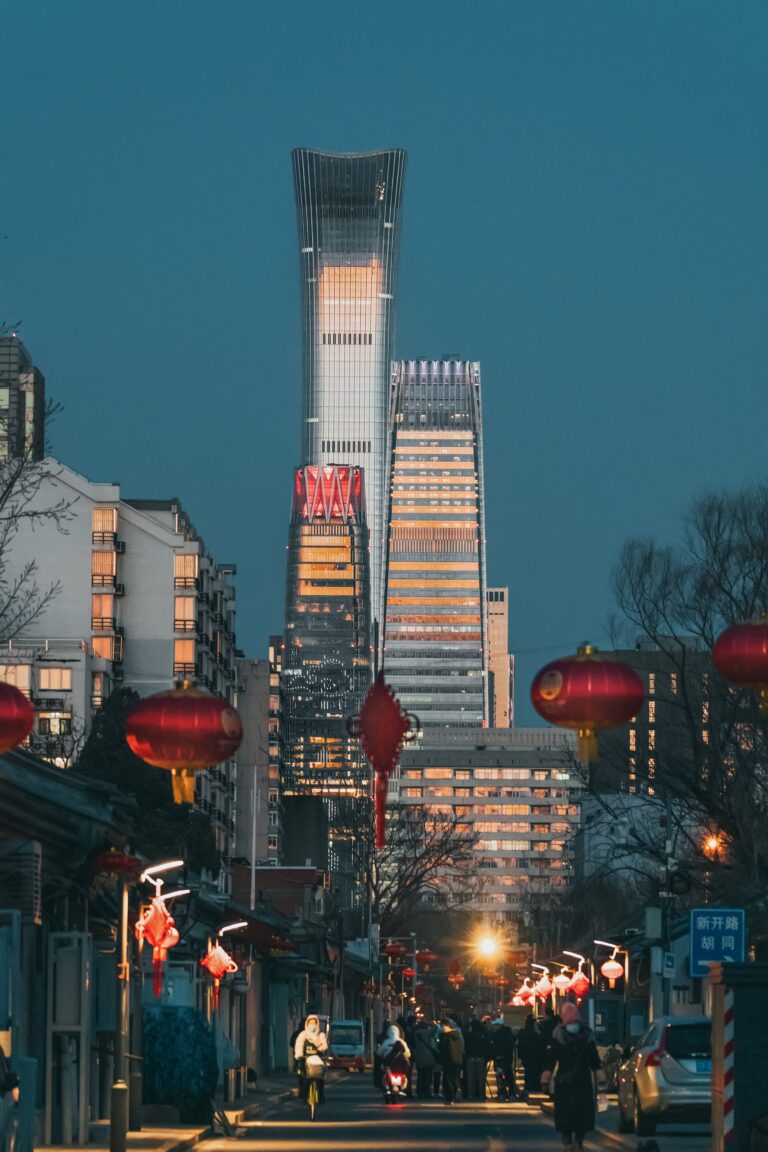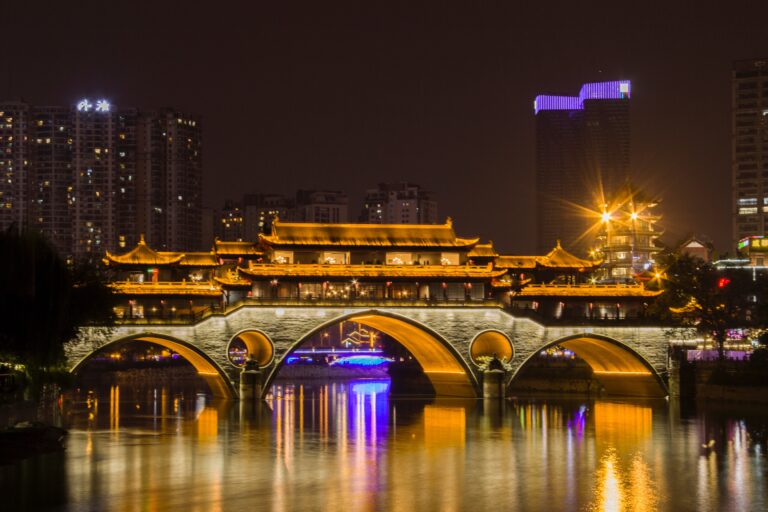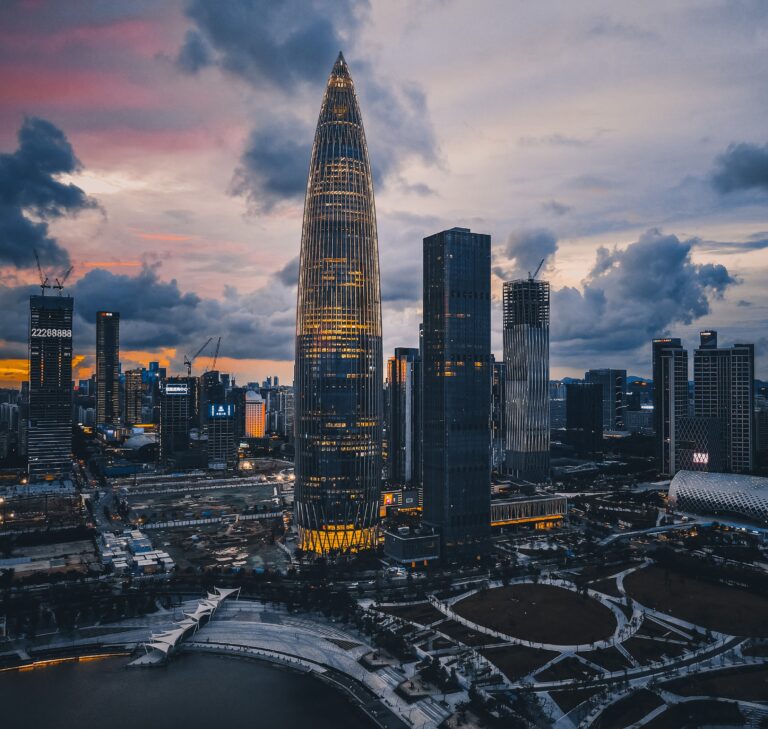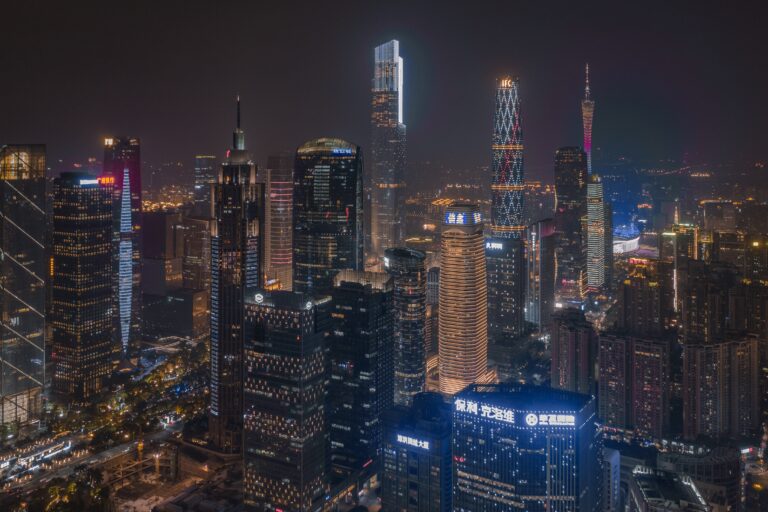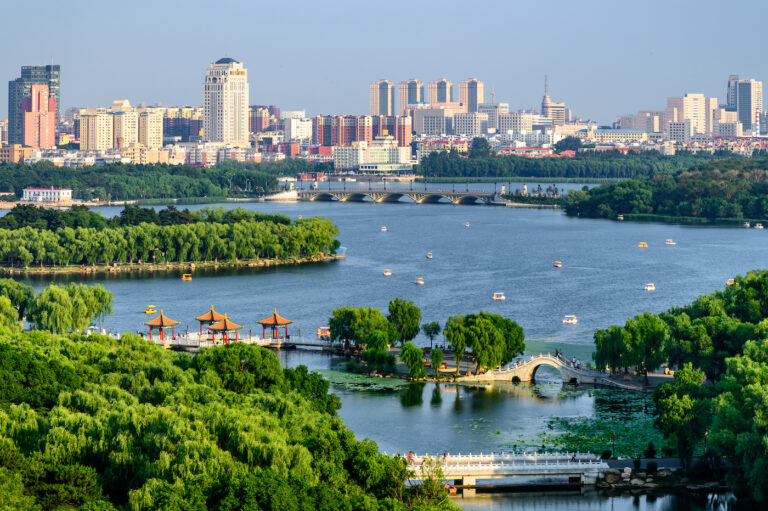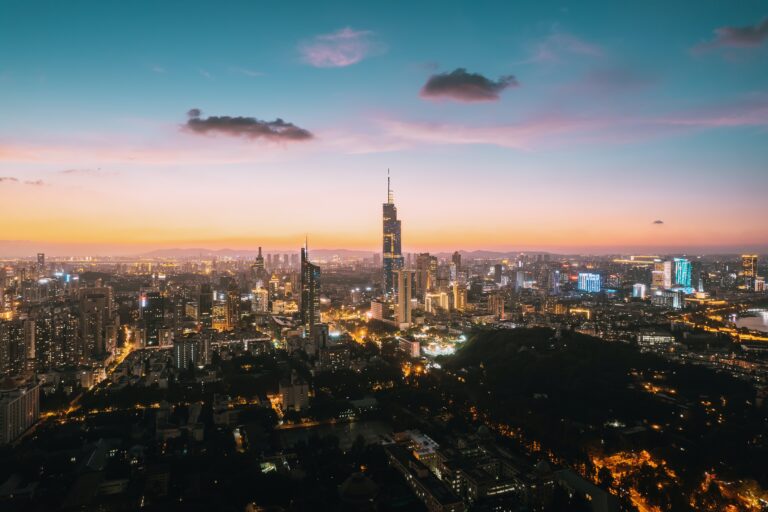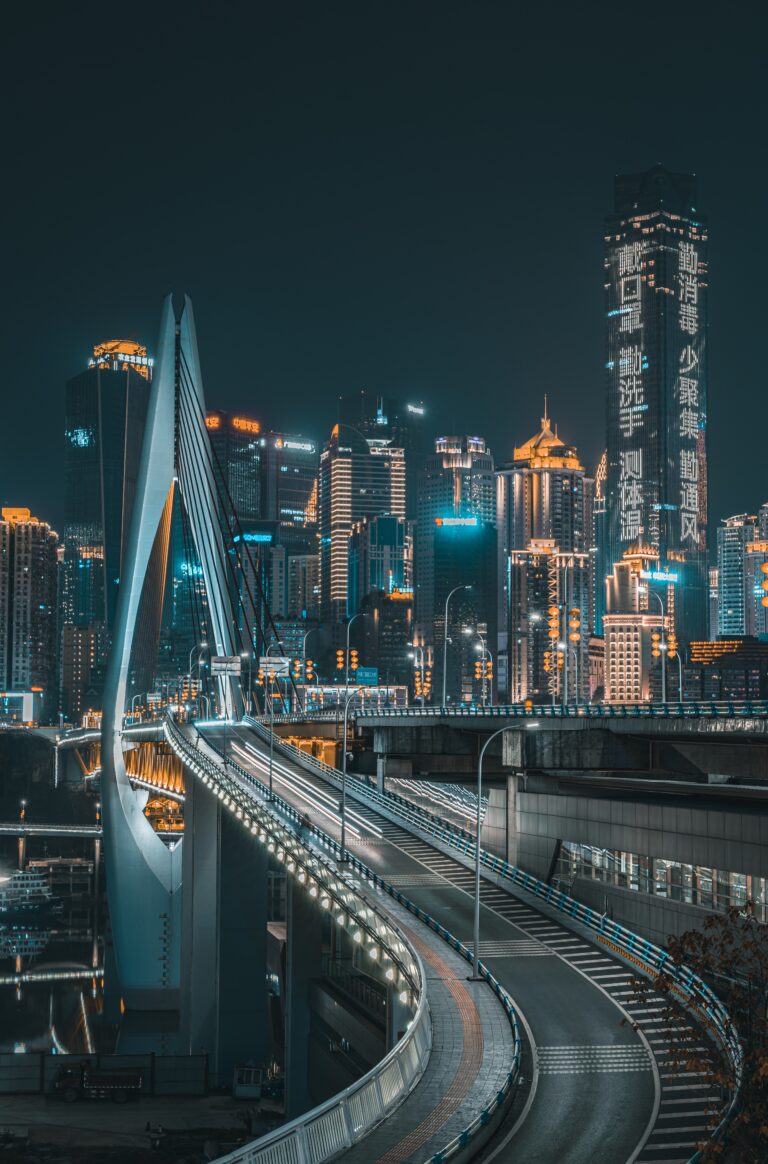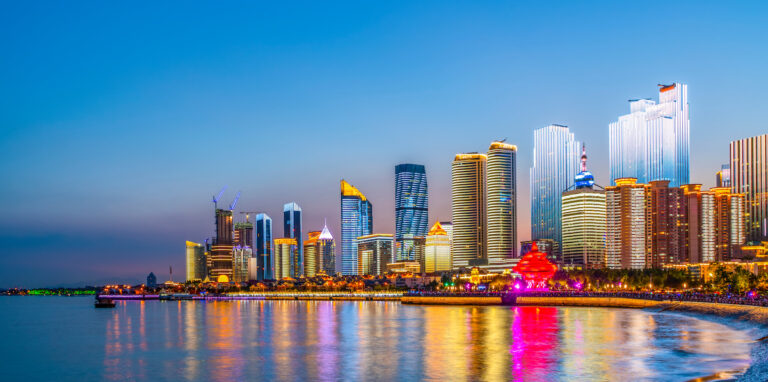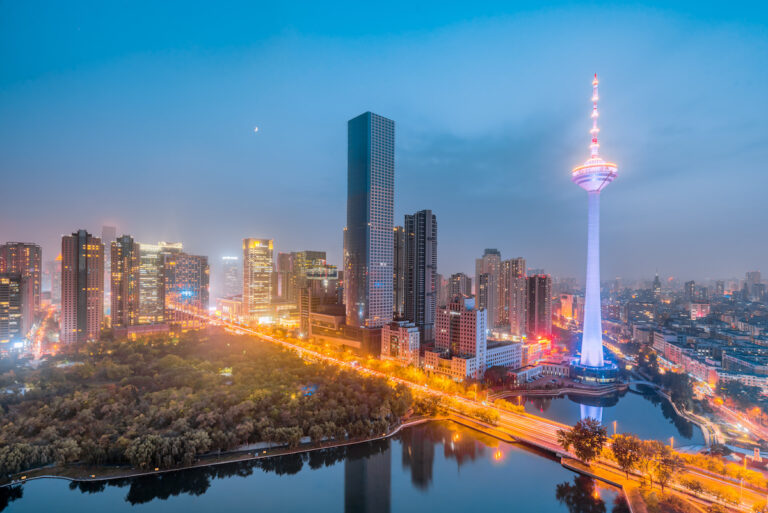Editor’s note: This is the first of a three-part series discussing the situation of the church in China over the developments of the past year. We encourage readers to consider this series in conjunction with the recently published 95 Theses: The Reaffirmation of Our Stance on the House Church as it helps provide context concerning the response of the Chinese house church to current political campaigns.
“To this world and sin, a Christian person is a free sovereign, above all things, serves no one; To his saving Lord Christ, a Christian person is a submissive servant in all things, worships only our Father in Heaven, and serves all.”
– paraphrase from Martin Luther
Recently, the provincial Zhejiang government illegally demolished massive numbers of crosses both of the Three-Self Christian Churches in Zhejiang province, and also the Patriotic Roman Catholic churches. This has caused major concern and stirred passionate discussions within the Protestant church. Although until now, only a handful of house churches will be affected, as a Christian who is dedicated to the cause of an autonomous exercise of faith (without government interference) of the house church, I am very concerned about this series of events and the discussions it initiates within the house church, and also the various points of views underlying these discussions. These points of views reflect little consensus on the matter, yet such discussions are a must and a necessity since discussing the matter will help us have clarity in these fast-paced, ever-changing times and reach a conclusion that is both grounded in Biblical faith and normative in principles, so as to guide our mentality and actions, and help us make the correct and proper response.
Because of this, I have attempted to use this opportunity to record some of my own thinking, for the sake of communication. Therefore this paper will not be a strict academic thesis; rather, it is a reflective dialogue with myself. Although in this paper I will use many points of view from online or from predecessors, I will not include footnotes or references. In my paper I will self-consciously put myself in the position of the house church and attempt to be faithful to Biblical revelation, especially the doctrine of the Church that has been revealed in the Bible, as I process this matter as a whole. Therefore, when I use the word “we,” sometimes it will mean the “house church;” other times it will mean the “true Church” that is faithful to the Biblical doctrine of the Church. The actual meaning of the word will require readers’ comprehension of the context.
For more than a year, with the worsening of the demolition of crosses, I have been thinking and asking: what is the nature of this event of the demolition of crosses? Why is it restricted to the province of Zhejiang and not happening in any other provinces? This recent course of events has reflected what types of characteristics? How are we to think about this series of events? How are we to respond?
1. What is the nature of this event of the demolition of the crosses?
Regardless whether these events have infringed upon the citizens’ right to faith, the government has used illegal procedures and methods to illegally demolish the citizens’ private property of the churches’ crosses. This is wrong and an outrage, and it should have been condemned by all of society. Regardless whether it was the Nazi Germany of the past, today’s constitutional rule-of-law America, or modern China, when the public powers of the government viciously and recklessly invade private space, brings injury to private interests, the action in itself is sinful and evil, because they have assaulted a person’s dignity (who have the image of God), violated the rights that are given to each citizen by the constitution, and especially violated what the constitution and the laws are based on – God’s creation mandate and moral laws. (Recently a government press release claims the churches are public buildings, but this is pure twisted argument/propaganda. Whether or not a building is public depends on the property rights of the property in question, not based on whether the public can see it or not.)
At the same time, I have to work this out: what does the act of the government’s demolition itself mean to a disciple of Christ like me? And what does it mean to the Church of Christ, which is in this world but also belongs to heaven?
1.1 Therefore, is the demolition of crosses related to “to believe or not believe?” Is it an issue pertaining to the freedom of religion?
Until today, the demolition of crosses itself has not brought with it a requirement or coercion for believers to abandon their faith. It is not a national coercion movement (either in ideology or the realm of faith) that has been concerned with the freedom of faith, or the choice of “to believe or not believe.” For in the entire process, no one has been forcibly asked to believe something else or to abandon his or her beliefs. The act of demolishing the crosses has not directly nor indirectly coerced any Christians to abandon their faith. Therefore, these events of demolitions are not related to freedom of faith.
1.2 Are the demolitions related to what the Bible asks of each Christian and the Church, the inevitable and necessary expression and testimony of their faith?
First I needed to establish, the inevitable and necessary expressions of faith are those indispensable outward expressions of faith, which are grown out of the nature of being Christian and being part of the Church. From the Biblical perspective, it is being a person – God’s image obeying the Great Commission of Christ and being faithful to the Great Commandments of God (the Ten Commandments, the Law). This includes: confession that Jesus is Christ, acceptance of faith in orthodoxy (acceptance of Christian orthodoxies), living out the heavenly morality of “Love God, Love Neighbors,” preaching the Gospel, and following the regulative principles of Christian worship as a church. For example: the preachers of past generations in the midst of temptations and persecutions refused to deny the name of the Lord in any way (including using their feet to step on a drawn cross on the ground to represent that they have abandoned their faith); rather, no matter in season or out of season they always preached the name of the Lord.
Humanity was created in God’s image, and whether in the Garden of Eden or in the New Jerusalem, for all who are in the journey, God’s image is the most basic mark of faith in time and space. In the age of redemption, the Christians that have recovered their image of God living out a resurrected life, a life of corporate worship and mutual love in the church, helping their neighbors and spreading the Gospel – these are the most important cultural marks, and these are their most basic services to the world. Therefore, of all the marks, to live out God’s image in the Gospel must be the highest priority.
Of course, human beings were created by God in space and time, and therefore are defined by space and time. It is natural then to want to make a mark of their faith in this space and time. For example: many Christian families have a plaque on a wall that says, “Christ is the Lord of my family,” or hang a small cross on the rearview mirror in their cars. When Emperor Constantine converted to Christianity many pagan temples in the cities of the Roman Empire were converted to churches of Christ, and places of martyrdom also built churches. Not only so, many important Biblical dates, and even pagan holidays, have become holidays of Christianity. In an environment with a high degree of freedom and one where Christianity was becoming a national religion, Christianity made a deep cultural mark in the time and space of life.
However, we must see clearly that these external cultural expressions of Christian faith are not themselves inevitable or necessary, and naturally we should not expect, nor hope, that this be the norm. Jesus, the cross, the norms of the church are not what are generally accepted by worldly cultures. They are even viewed as foolish; they are despised, and persecuted. Therefore in its nature, the Gospel, this heavenly pearl, in these last days of already-not-yet, is hidden. Jesus Christ was rejected by the best religion and moral standards under the revealed light of God; he was judged by what then was the most advanced culture and law, and crucified on the cross. Before the Church was the glorious national religion, Christians were used to worshipping in buried tombs. I have heard more than once the elders of the Wenzhou house churches say that during the 1970s, they used to worship in the mountains.
For Christians, a church building is where they worship God. It is to be revered, but in itself it is not divine. Therefore, like the cross-shaped ornaments that Christians wear, to build a cross on top of the church building is a cultural expression of the Christian faith, which the Bible itself does not directly, or with certainty, ask for it. Whether or not one should build a cross on top of the church is wholly decided by each local church according to its theological position, the conditions of their faith, judgment of aesthetics, social and political environment, etc.
1.3 The government using illegal procedures to violently demolish the cross is an abuse of public power, recklessly infringing upon the church’s private space. It is a direct infringement on and injury to the citizen groups’ rights. This kind of infringement in its nature involves citizens’ rights to freedom and property. If in the process of demolition, the government clashes with citizens who are justifiably and rightly in defense, it may even lead to criminal acts of life endangerment. It is without doubt that forcibly removing the sign of Christian faith, the cross, will result in great pain and insult to Christian emotions. But this conflict itself is an issue of rights; it violates the citizen’s freedom and right to freely and culturally express their faith, yet it is not an issue of whether one has the freedom to choose “to believe or not believe” a certain religion. It also does not involve what the Bible requires, the inevitable and indispensable expressions of faith.
1.4 Rumors online about the “Five Entrances/Five Transformations” are in reality an infringement on freedom of faith, and the Bible’s teaching concerning Christians following their heavenly callings and commands. Compared to the Three-Self Patriotic Movement of the past, it is more public, more authoritarian, and an attempt to violate and control the Church’s faith. Not only so, but their attempt is to peremptorily and childishly change the nature of the Church, and an attempt to assimilate the Church to become an arm of the ruling party in society. This attempted action is more evil than using public powers to infringe on individual’s freedoms.
Image credit: Church chill by Thanakrit Gu via Flickr.
